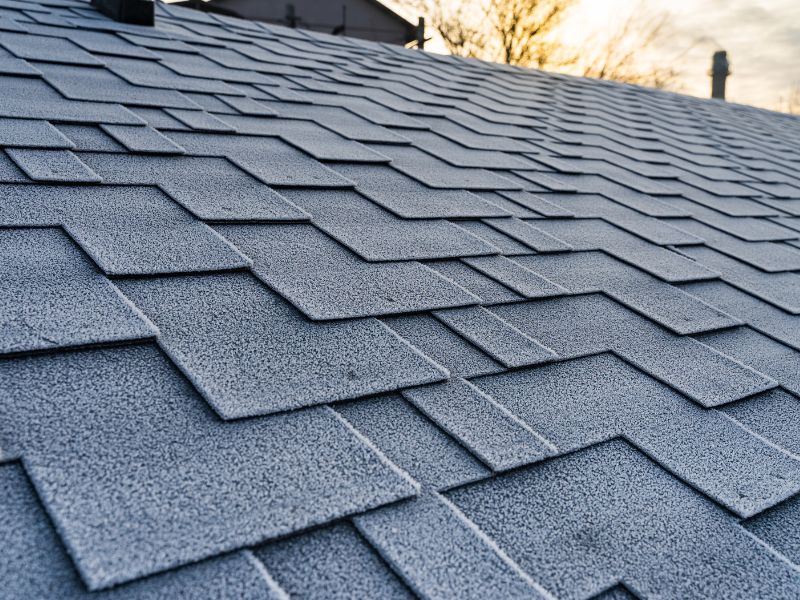Living in a winter climate means your roof faces unique challenges. The combination of heavy snowfall, ice, freezing temperatures, and fluctuating weather conditions can take a toll on roofing materials. When it comes to choosing the right roofing material for your winter home, it’s essential to consider durability, insulation, and performance. In this article, we’ll explore various roofing materials and their suitability for winter climates.
Asphalt Shingles
Asphalt shingles are a popular and cost-effective choice for roofing in winter climates. They can withstand cold temperatures and provide good insulation. However, it’s essential to choose high-quality asphalt shingles with reinforced fiberglass to ensure they don’t become brittle in extreme cold.
Pros:
- Cost-effective
- Good insulation
- Resistant to ice and snow buildup
Cons:
- Lifespan may be shorter in extreme cold
- Vulnerable to wind damage
Metal Roofing
Metal roofing, such as steel or aluminum, is an excellent option for winter climates. Metal roofs shed snow and ice easily, reducing the risk of ice dams. They are durable, long-lasting, and energy-efficient when properly insulated.
Pros:
- Excellent snow shedding
- Long lifespan
- Energy-efficient
Cons:
- Higher initial cost
- May require professional installation
Slate Roofing
Slate roofing is known for its durability and longevity, making it a suitable choice for winter climates. It’s resistant to temperature fluctuations, and its smooth surface sheds snow and ice effectively. However, slate roofing is heavy and may require additional roof support.
Pros:
- Exceptional durability
- Low maintenance
- Impervious to snow and ice
Cons:
- High installation cost
- Requires professional installation
Wood Shingles or Shakes
Wood shingles or shakes can add a rustic charm to your home, but they require proper maintenance to withstand winter conditions. When adequately treated and maintained, they provide good insulation. However, they can be susceptible to rot and may require more frequent maintenance in wet climates.
Pros:
- Aesthetic appeal
- Good insulation
- Effective in moderate winter climates
Cons:
- Requires regular maintenance
- Vulnerable to rot and decay if not treated
Synthetic Roofing Materials
Synthetic roofing materials, such as synthetic slate or shake, offer the look of traditional materials with added durability. They are often designed to resist cracking, warping, and damage from ice and snow. These materials can be a practical choice for winter climates.
Pros:
- Durable and long-lasting
- Resistant to temperature fluctuations
- Low maintenance
Cons:
- Higher initial cost compared to asphalt shingles
Concrete or Clay Tiles
Concrete and clay tiles are durable and can perform well in winter climates. They are heavy and can withstand snow and ice, provided the roof structure is adequately designed to support their weight.
Pros:
- Durability
- Fire-resistant
- Energy-efficient when properly insulated
Cons:
- Heavy, requiring strong roof support
- Higher installation cost
When choosing the right roofing material for your winter climate, it’s essential to consider factors such as your budget, local weather conditions, and the architectural style of your home. Additionally, professional installation and regular maintenance are key to ensuring the longevity and performance of your roof in winter and throughout the year. Consulting with a roofing expert can help you make an informed decision based on your specific needs and preferences.


